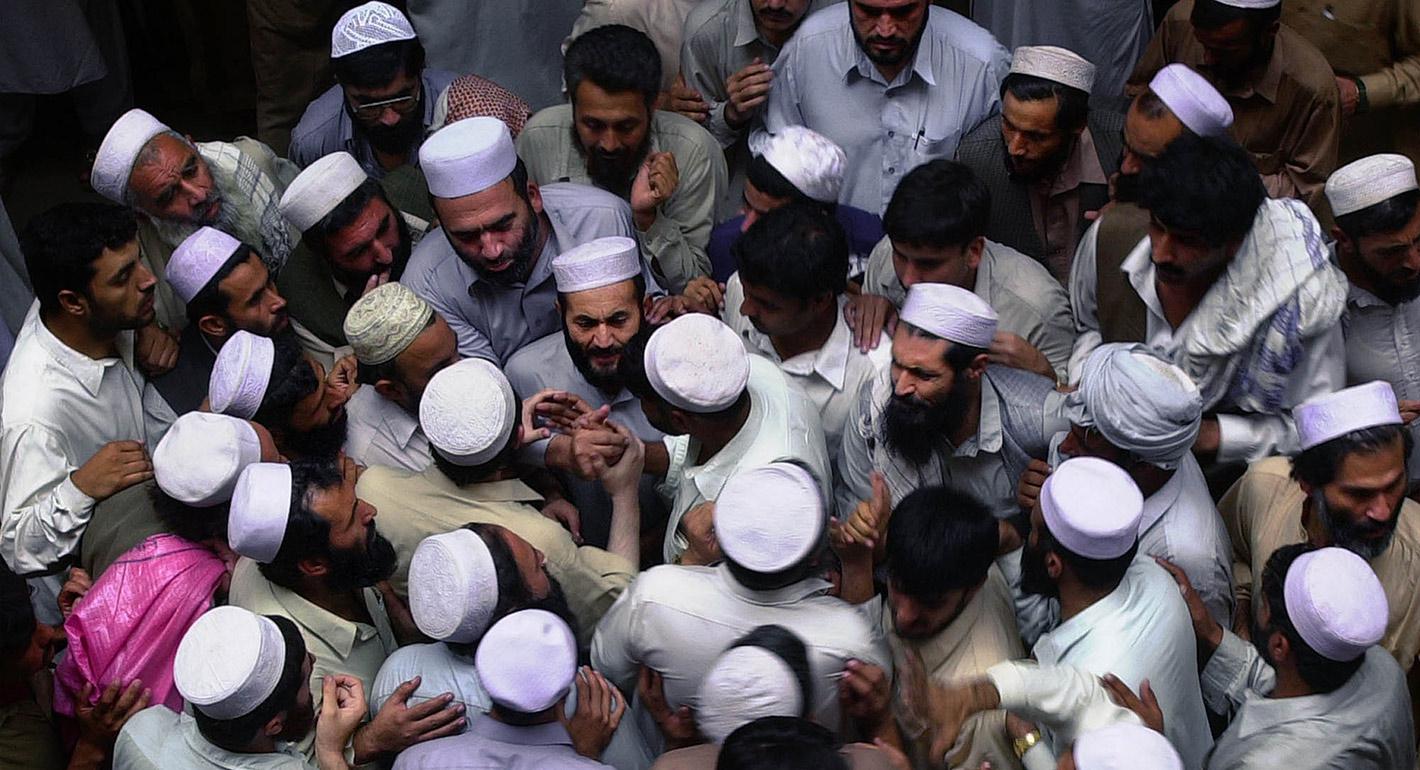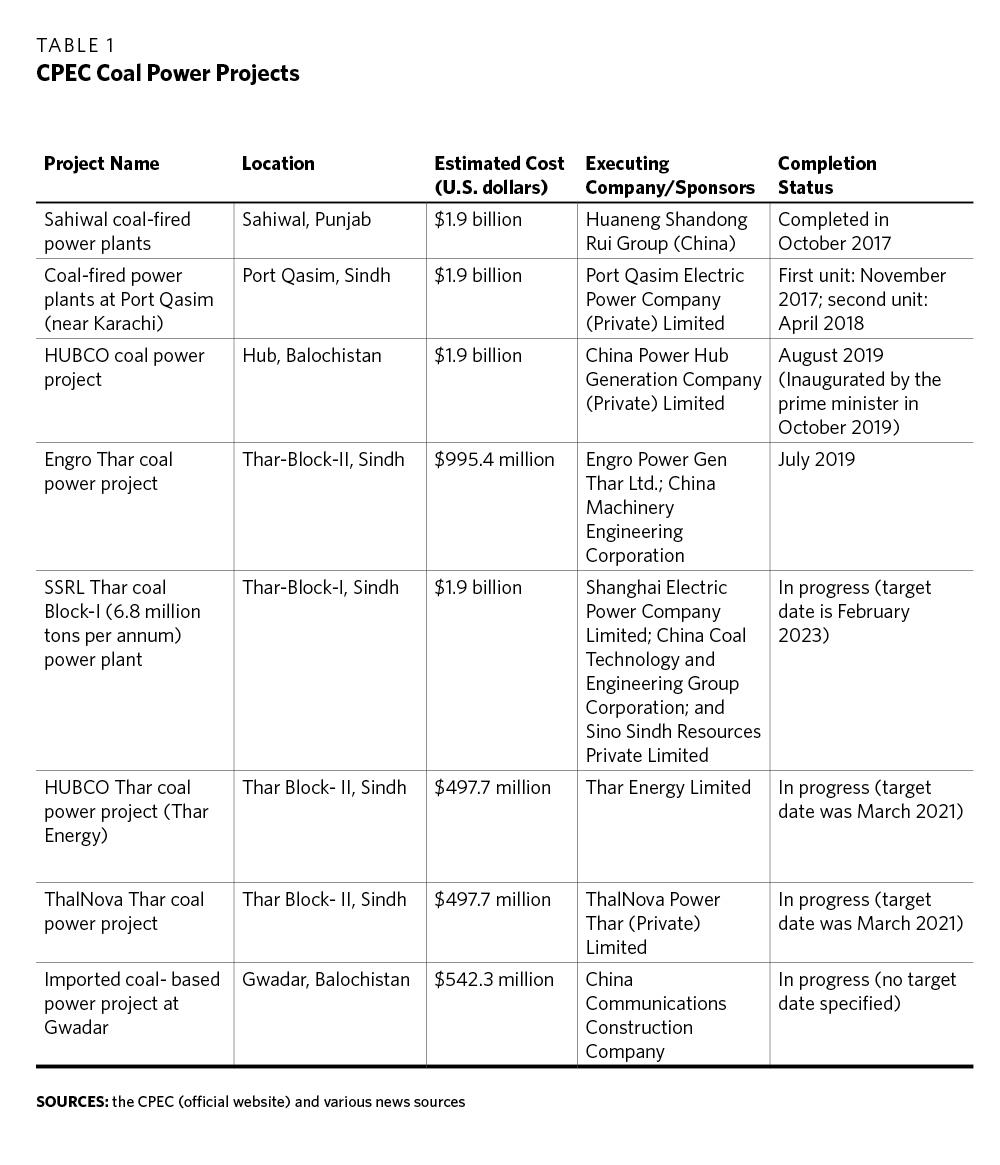Continued from
#50
THE RISE OF SEZS
One notable element of the CPEC since 2018 has been a renewed emphasis on SEZs. These entities have been introduced in many countries, despite skepticism from the World Bank and others about whether they improve economic development more than the national average. It is important to note that the creation of SEZs was already mentioned even before the 2018 election in the
Long-Term Plan for China-Pakistan Economic Corridor (2017-2030), which was agreed on under the previous PML-N government, as a major second-phase priority for the CPEC. Even before the PTI took power, therefore, Pakistan viewed the zones as a means of enabling “industries to smooth supply chains, enhance collaboration and innovation capabilities, and help reap significant economies of scale.”
From Beijing’s perspective, meanwhile, access to Pakistan through SEZs would have the secondary benefit of allowing Chinese investors to re-export “because [of] “Pakistan’s GSP+ access to the EU.”66 In addition, investing in SEZs would enable China to take advantage of Pakistan’s cheaper labor costs and relocate some of its “sunset industries” to Pakistan, as its own industries back in China moved up the value chain (although it is important to stress that Pakistan was not the only possible relocation candidate for these Chinese firms).
At the 2016 JCC meeting, Pakistan (under the PML-N government) and China agreed to nine new SEZs.68 In keeping with the rhetorical commitment to a whole-of-Pakistan CPEC narrative, these SEZs initially were spread across the country more widely than those first adopted in 2012. The federal government proposed “industrial parks in all four provinces,” with just one of the SEZs located in Sharif’s home province of Punjab along with two in Sindh, one in Balochistan, and one in Khyber Pakhtunkhwa; they also proposed that SEZs also be located in the administrative territories of the Islamabad Capital Territory (one), Gilgit Baltistan (one), Azad Jammu and Kashmir (one), and the (former) Federally Administered Tribal Areas (one).
The minutes of the December 2016 JCC meeting recorded the “priority list of locations of special economic zones shared by the Pakistani side.” Although the minutes noted that “experts on industrial zones from China shall visit Pakistan in early 2017 to advise the Pakistani side on the most suitable locations,” it was Pakistan, not China, that pushed for these particular locations.
However, at the seventh JCC meeting in November 2017, differences emerged as to which SEZ sites should be prioritized. Beijing wanted the Thatta (Dhabeji) site (in Sindh), the Hattar site (in Khyber Pakhtunkhwa), and the M3 Faisalabad site (in Punjab) to be prioritized, while Pakistan strongly advocated moving ahead on the Rashakai site (in Khyber Pakhtunkhwa) and the Sheikhupura zone (in Punjab)—the latter for parochial political reasons related to the PML-N’s Punjab heartland.
Meanwhile, China’s preferences reflected an interest in quick wins. As Hasaan Khawar, a journalist at the
Express Tribune has noted, despite a common misperception, the Chinese never requested . . . [that] Pakistan [offer] exclusive industrial enclaves under [the] CPEC. Their preference for [the] M3 and Hattar industrial estates, with a number of pre-existing industries, makes this evident. No decision was reached on the location of the SEZs at this meeting.
At the eighth JCC meeting in December 2018, the first meeting after the PTI came to power, Chinese officials finally accepted that Rashakai would be one of the three SEZs prioritized as “key projects. Chinese actors accepted this outcome even though the feasibility studies provided to the sixth JCC meeting had ranked Rashakai lower than Dhabeji (in Sindh), Hattar (in Khyber Pakhtunkhwa), or Faisalabad (in Punjab), and even though the existing economic zone at Rashakai had been described as a failure by analysts. As Small has argued, at the eighth JCC meeting, the Chinese participants were concerned that “there was a respectable public narrative around [the] CPEC in place for the second Belt and Road Forum.”
Nonetheless, Khan was determined to focus Chinese attention on this zone, located 70 kilometers from Peshawar, for partisan political reasons.81 The provincial government in power in Khyber Pakhtunkhwa, led by Khan’s party (Tehreek-e-Insaf), was a strong advocate for the SEZ’s adoption as it was located in the constituency of the chief minister.
Although Pakistan accepted China’s preferred sites of Dhabedi and Faisalabad at this meeting, the shift from Sheikhupura to Faisalabad was occasioned by
Pakistani political changes. After the change in political power in Punjab from the PML-N to the PTI, feasibility studies on an SEZ at Sheikhupura revealed “some serious issues. The new government realized that “more than 200,000 resided in the area and the land was privately owned” so it could not simply be allocated to the SEZ. As such, this siting modification was the result of the shift in power in Punjab’s provincial government from the PML-N to the PTI, not shifting Chinese preferences. See table 2 for a full listing of the key prioritized SEZs.

Of the nine SEZs on the CPEC’s priority list in 2016, three were accepted as elevated priorities at the 2018 JCC meeting: Rashakai in Khyber Pakhtunkhwa, Dhabeji in Sindh, and Faisalabad in Punjab. All three were the preferred options of the Khan government. China’s preference for the Hattar industrial park as the more viable and efficient option was eventually abandoned, and the Rashakai project, adopted for political rather than economic reasons, was accepted instead. This is a clear example of how an economically inefficient project was driven by Pakistani domestic political concerns, a development that runs counter to the common narrative that China is typically the one distorting market forces.
The discourse on the development of the SEZs has been related to economic cooperation, skills training, and employment. However, it is extremely difficult to independently verify the claims made about employment levels in and nearby the SEZs. For instance, in January 2020, the Faisalabad Industrial Development and Management Company (a company established by the provincial government that develops and upgrades industrial estates) claimed that the Faisalabad SEZ “will absorb more than 400,000 skilled workers in four years” and provide training centers for workers within the SEZ.The government-funded CPEC Centre for Excellence estimated in 2018 that 1.2 million jobs would be created by 2030. A similar narrative was echoed in December 2020 by Chinese Consul General Li Bijian, who argued that “investment would bring development and jobs for [the] local population and also . . . will improve civic facilities. With industries, locals will increase their incomes and would have better services.
Many experts question these projections, however. As Zahra Beg, representing a widespread view among analysts, put it, “Locals, if hired, are in lower positions, often suffering major salary discrepancies. Interviewed at the end of 2020, the journalist Khawar said that the situation has remained much the same: “[The] Chinese say they can’t find high-tech or specialized labor in Pakistan. So wherever they can’t find local labor, they bring in Chinese [workers]. He was optimistic, however, that with time this would change. A senior political appointee in Lahore agreed that if a project needs to be completed quickly, Chinese labor tends to be used, but in the long term he believed that there would be a shift to Pakistani labor. However, no reasons were given to support this assertion.









